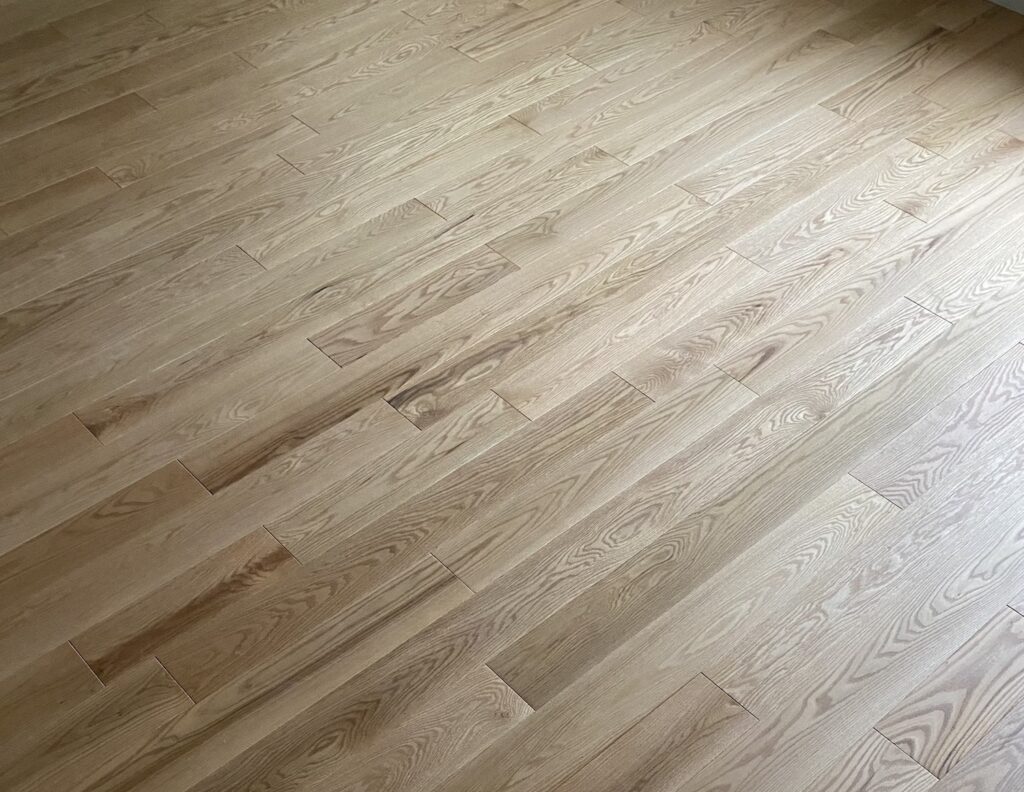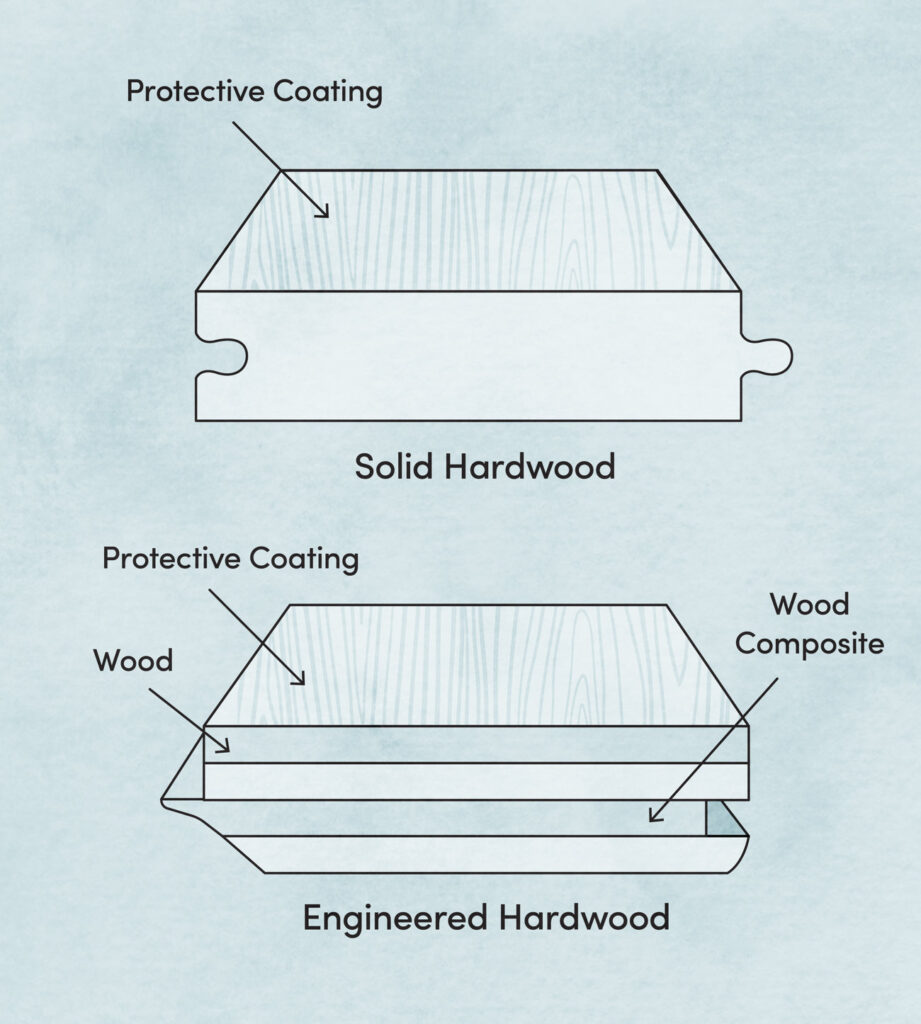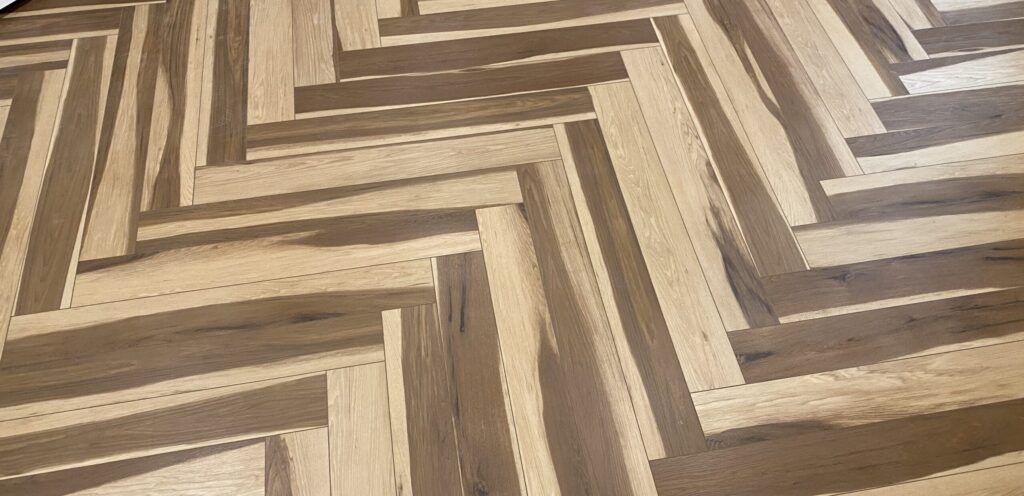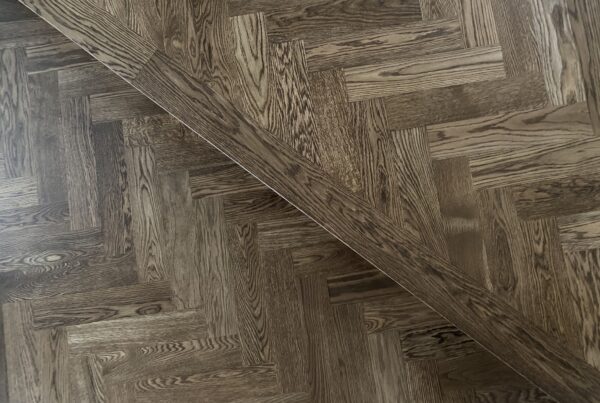In our world of mass manufacturing and production, almost every genuine material on the market has developed a look-alike. The same is true for building, furnishing, and flooring materials. When choosing a floor to install in your home, it is important to know the benefits and downsides of all the options that exist.
SOLID HARDWOOD FLOORS
This is the very first type of wooden flooring to be invented. It dates back to the 1600s, when simple wooden planks were placed over dirt or stone. In the Baroque Era (1625-1714), it came to have a more sturdy build and intricate designs.
Now, it is one of the most reliable floorings that can be installed. The flooring planks are made up of solely genuine hardwood, measured to be cut to precision for a perfect fit, and bonded with stronger-than-wood glue. It is usually 3/4” thick. Because of its thickness, solid American hardwood floors can be sanded and refinished many times. This hardwood flooring will last you for generations of use, making it the most reliable, long lasting, and durable.
The only downside of solid hardwood floor is its high susceptibility to moisture–making it the best option for main living space floors, but a risky option for below-grade basement floors.
ENGINEERED HARDWOOD FLOORS
Engineered hardwood floors has wooden components, being only partially composed of genuine hardwood floors, and is finished with the same types of protective coating that would be used for solid hardwood floors. This makes it a look-alike to hardwood–it is difficult to visually tell the difference between the two–but a cheaper alternative due to its lower longevity.
It is made of several layers of wood underneath layers of veneer wood–glued together. Engineered hardwood floors is much thinner than solid, typically 1/2” – 5/8″, so it can only be sanded and refinished 1-2 times during its lifetime. Although, it is a highly stable option due to its multi-wood components and it’s making an engineered hardwood a lot more suitable for below-grade basement floors and more moist parts of the home.
https://secure.img1-fg.wfcdn.com/pp/60304296/resize-w1300%5Ecompr-r85/7166/71664974/default_name.jpg
LAMINATE AND LVP/LVT FLOORS
Laminate is an economy flooring alternative and yet another look-alike to hardwood. It was invented in 1977 by a company in Sweden, called Perstorp. They decided to use wooden waste products and convert them into usable flooring material under specific pressures, heat, and binding chemicals. The current most popular laminate flooring companies are Mannington, Armstrong, Shaw, and Dupont.
Unlike engineered hardwood floors that is partially made of solid hardwood, laminate refers to blends of plastic, foil, or paper bonded to a wooden particleboard or medium density fiberboard (particleboard base + image layer + transparent wear layer). It is even more affordable than engineered hardwood floors, and is often the choice for main living areas like bedrooms, kitchens, dining rooms and hallways. It is the most susceptible to moisture–even more so than hardwood–and not an option for areas like laundry rooms or bathrooms. It cannot be refinished like solid or engineered hardwood, and prone to chipping and swelling from build up of water.
Luxury vinyl plank (LVP) and luxury vinyl tile (LVT) are most frequently used as flooring options for a remodel or new build. LVP and LVT are often used interchangeably, as both offer affordable, durable, low maintenance and water proof flooring that offer realistic stone and wood looks.They are also easier to install, making the process much quicker than hardwood floor installation.
They are both constructed of many layers: a durable wear layer, a designed print layer, a PVC core and optionally an attached backing.The thicknesses of layers can be customized, and chosen depending on the desired protection. However, LVT floors can have the same wood look like a LVP floors but has a much more solid top protective layer.
TILE FLOORS
This term is used to describe any hard-wear flooring that is installed with gaps between the tiles, which are filled with grout. Most commonly tile is made of clay or ceramic-based material, or natural stone like granite, marble and slate. Natural stone is the more expensive option out of the three, but offers a unique look with each individual installation due to the natural patterns.
High-quality tile will provide a timeless look for your home, and is a long-lasting and durable option. Sealed tile is also water resistant, and the best option for bathrooms, kitchens, and mudrooms. Correct maintenance can extend the longevity and prevent permanent damage, making tile last for as long as 20 years! The most important part of keeping up with this flooring option is to actively maintain the grout in between tile–specifically in high-traffic areas of your home.
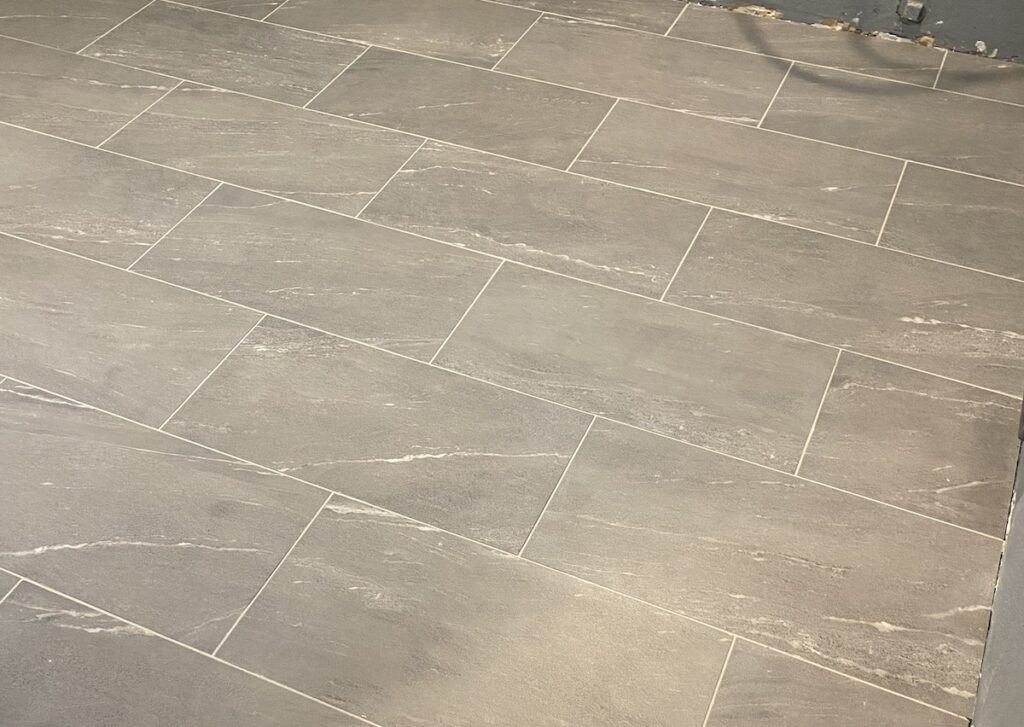
Sources
https://www.hgtv.com/how-to/home-improvement/your-guide-to-the-different-types-of-wood-flooring
https://www.hardwoodinfo.com/consumer/rediscovering-hardwoods/solid-hardwood-advantages/


